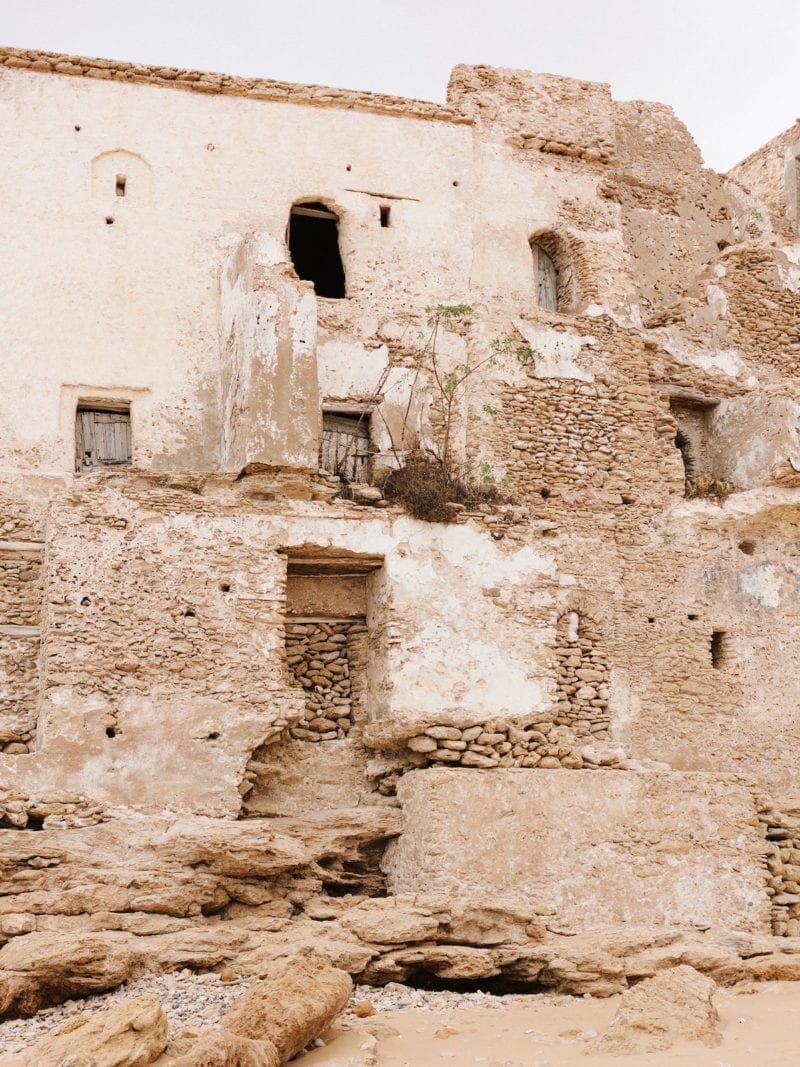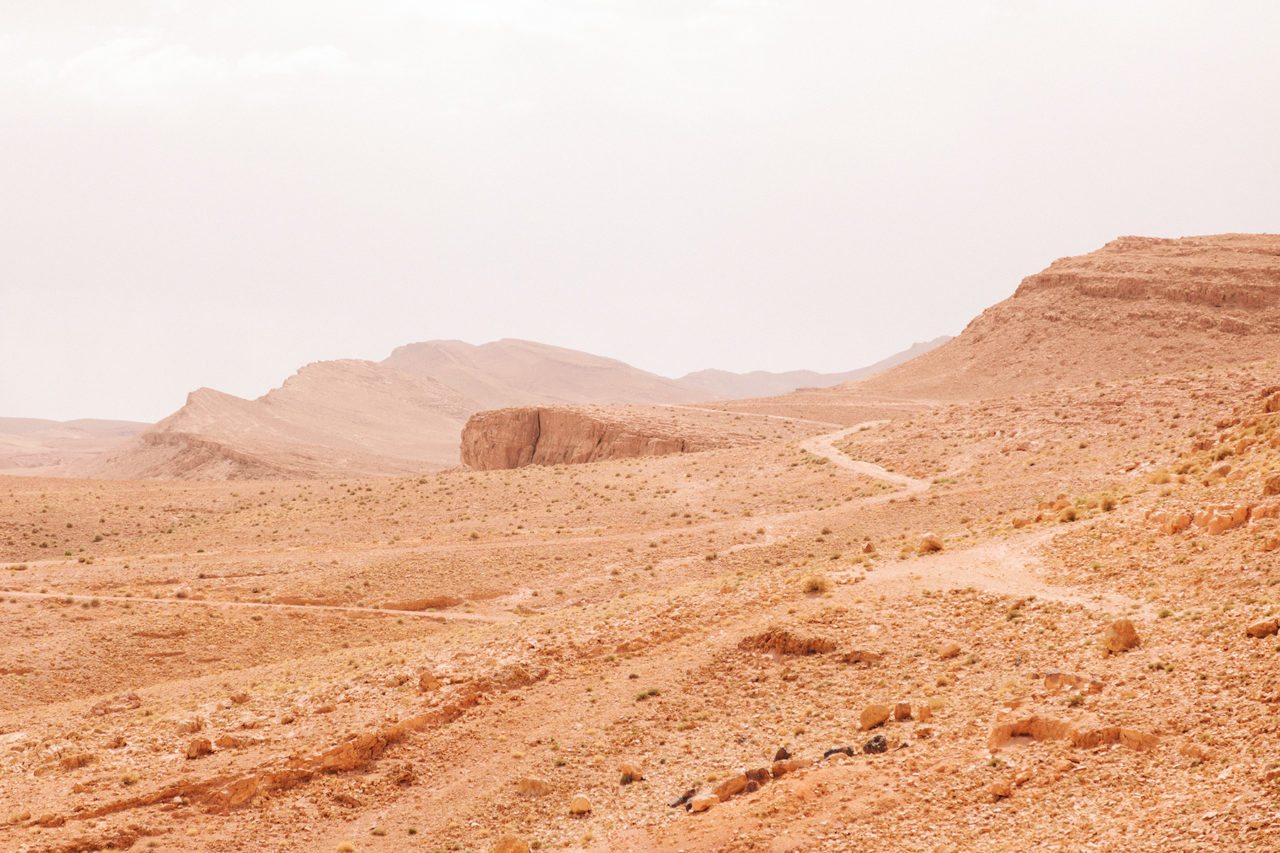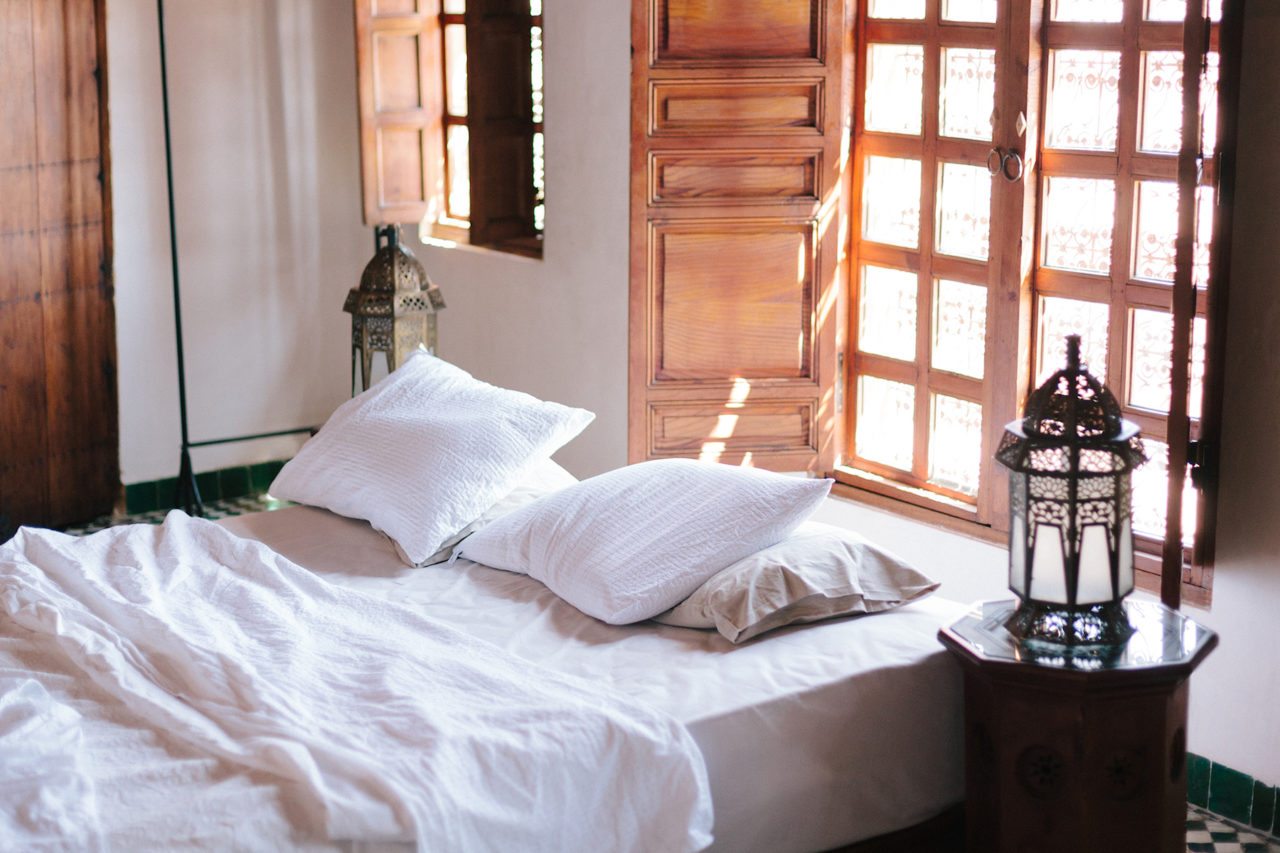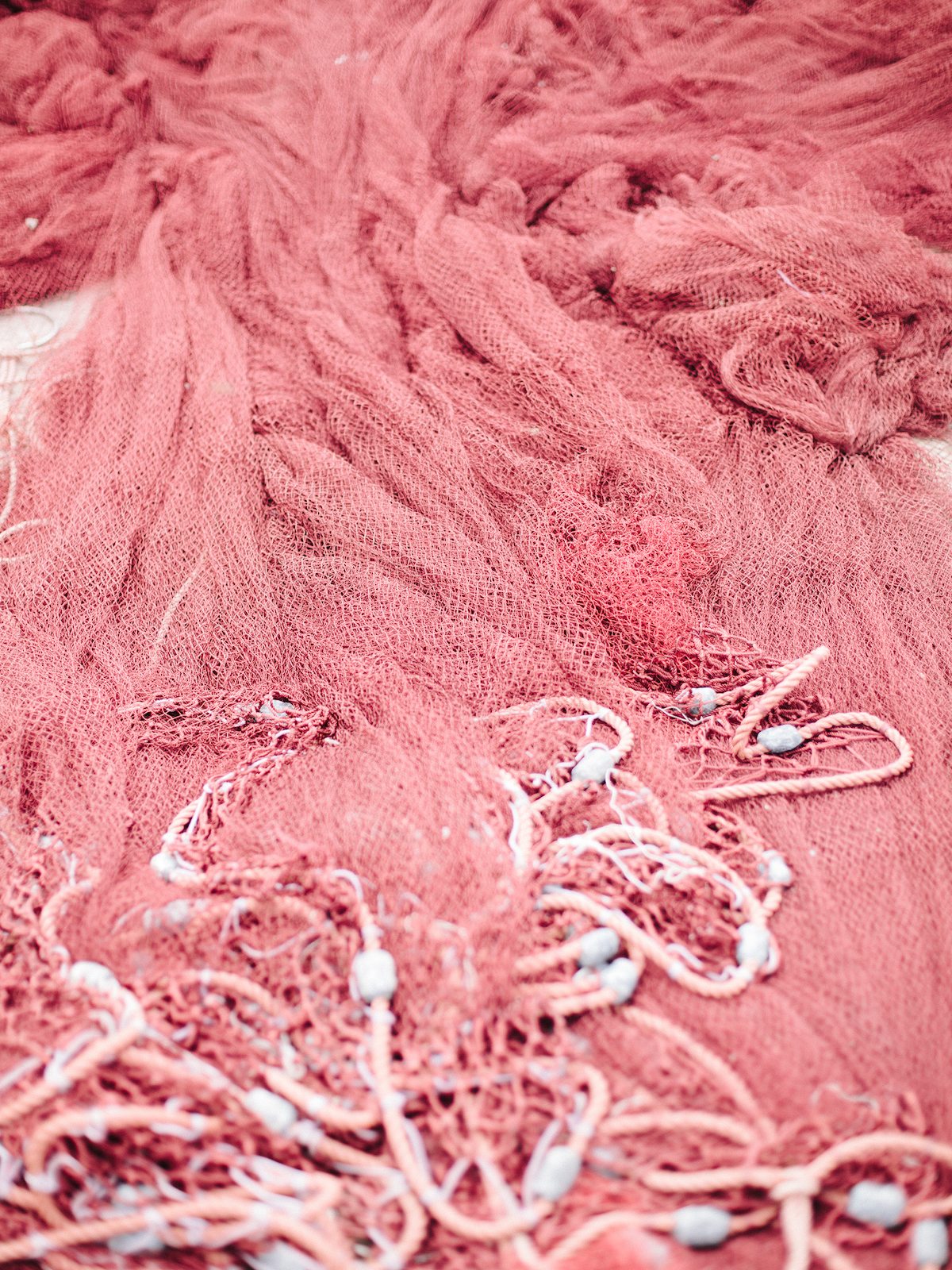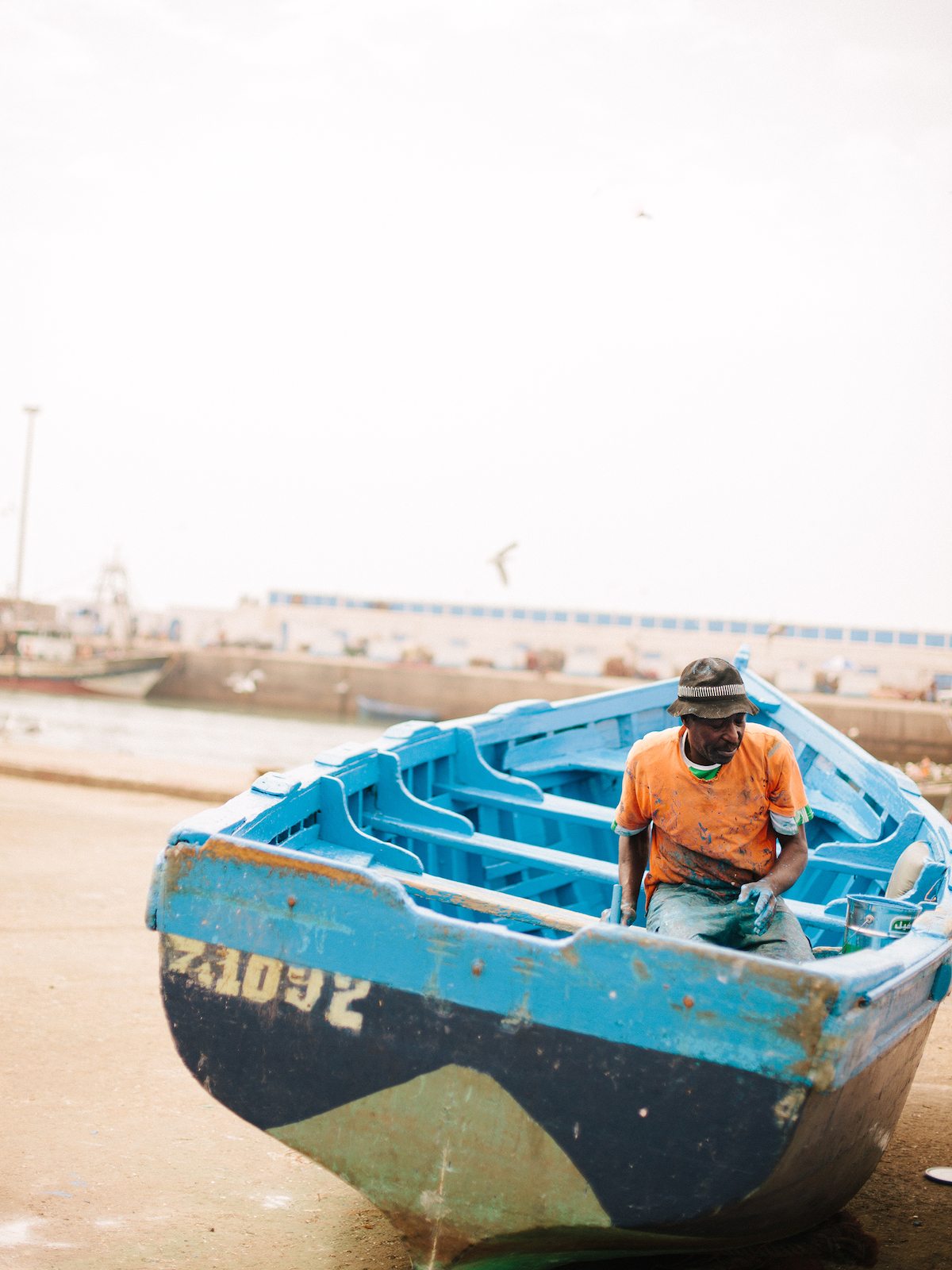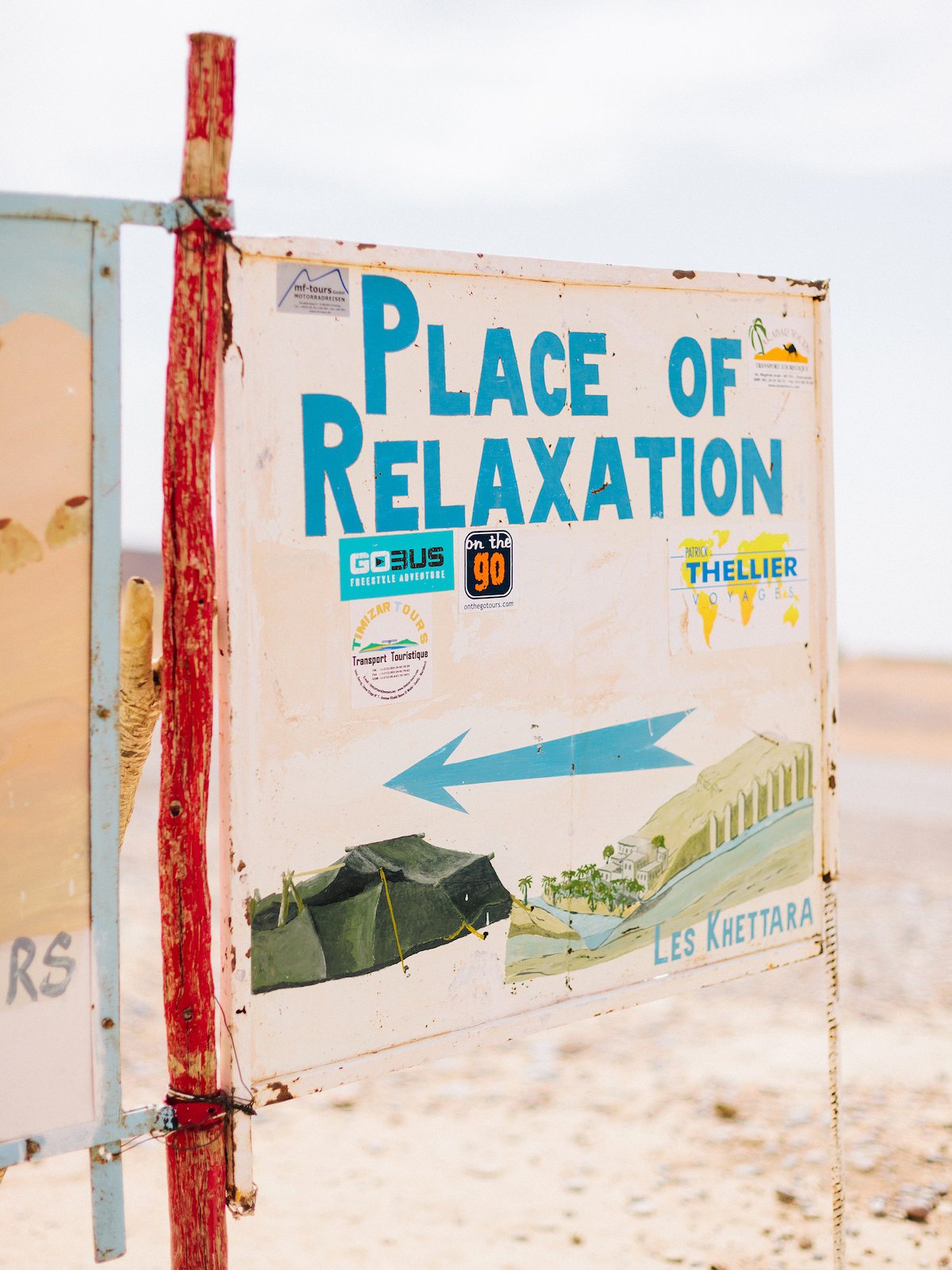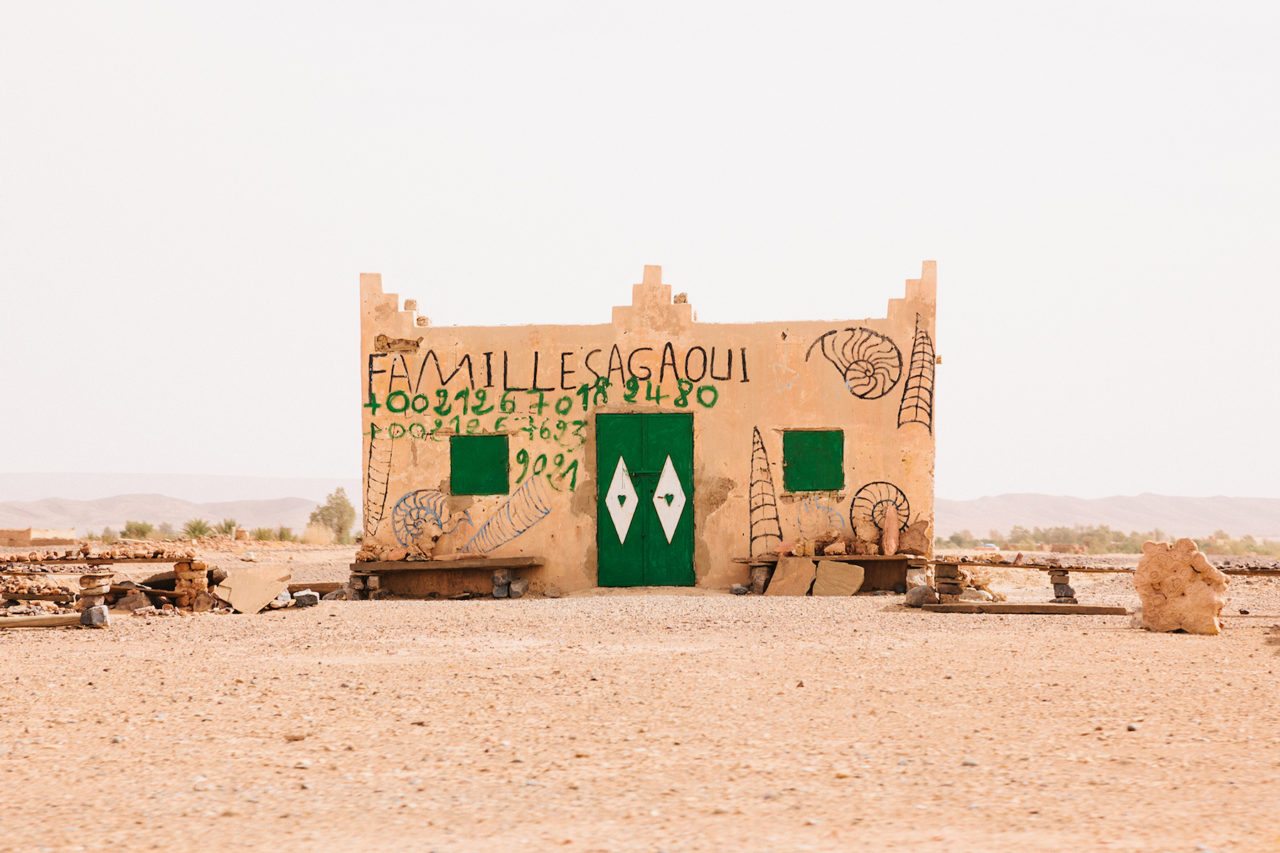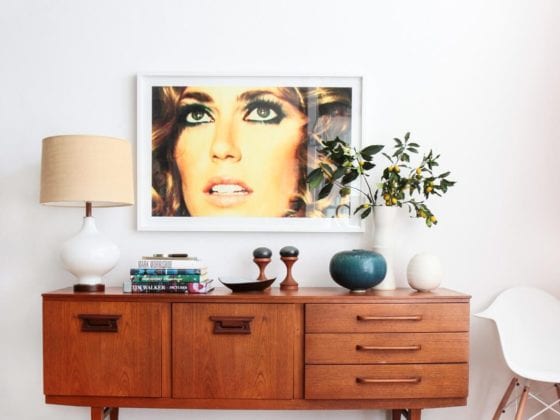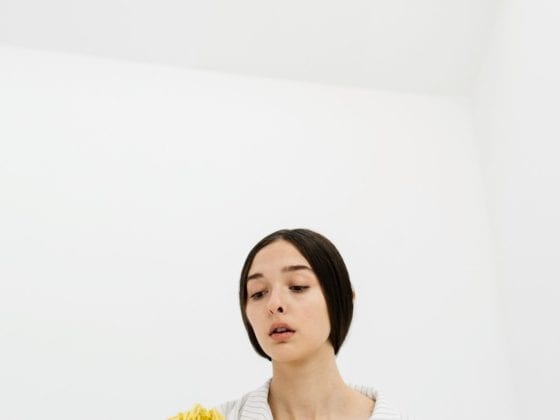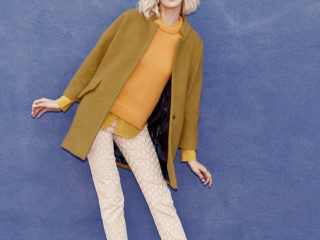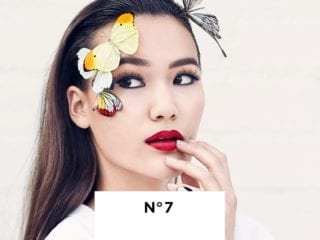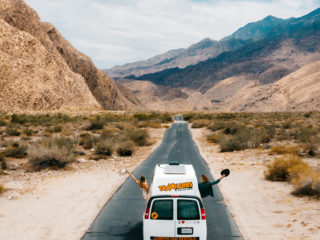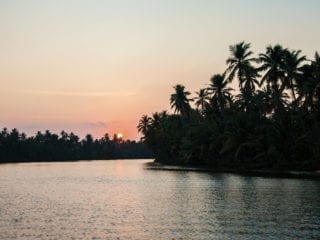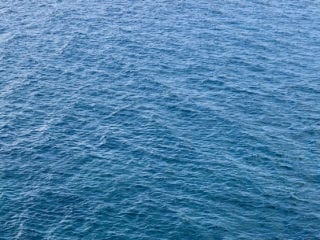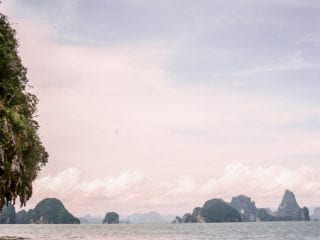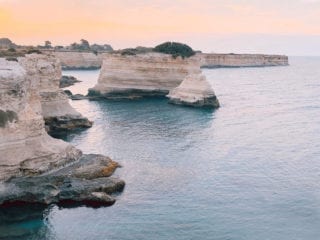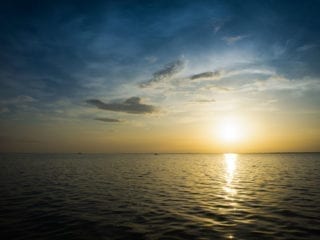At its best, spring not only delivers a necessary emptying of things we no longer need, but makes glorious room for new experiences and the capacity to enjoy them more fully.
We’ve always got our passports nearby, and we know you do too. So we’re daydreaming our way through Morocco in the below all-senses-engaged story from Darling Issue 20.
One Way Ticket to Morocco, Please
by Gina Zammit
Upon boarding the Royal Air Maroc flight from New York to Casablanca, I could not control my excitement. Like giddy children anticipating a visit from Santa, my travel partner, David, and I had trouble sleeping on the brief flight but were decidedly unfazed by our lack of rest. Everything from that moment on seemed rare and special, even the semi-frozen butter pats served on board with flaccid sourdough bread, softened from its plastic exterior, because we were just six hours away from a place we knew would surely be magical.
Morocco is an otherworldly and mysterious land full of hidden treasures; if you blink, you may miss something truly wonderful.
Roughly the size of California, from the vast deserts of the south, to the towering Atlas Mountains, and the laid back surfing community in Essaouira, surprisingly, many comparisons (beyond size) can be drawn between the two. Like the vast cultural differences between the cities of San Francisco and Los Angeles, the diversity of Morocco can be seen on just about every level.
The terrain, culture and cuisine all vary by region and, sometimes, even by individual villages. The locals typically speak at least three languages – Arabic, French and English – but some, particularly those in the northern region along the coast, are also fluent in Spanish, German and Berber, an ancient language native to North Africa.
The people of Morocco tend to keep their cards close to their vests, and this trait expresses itself beyond their relationships, it’s in everything from the architecture to fashion and the cuisine.
Unlike Europeans, Moroccans prefer to have inner courtyards in their homes as opposed to outward-facing balconies, and what may seem as an unassuming structure, could turn out to be a venerable palace once seen from the inside.
Both men and women tend to choose conservative attire and get a less severe, but similarly gratuitous, rap as “rude,” just like New Yorkers often do. While some travelers may be off put by the somewhat “closed to the public” social vibe, on my recent trip there, I found this trait to be, at the very least, interesting, and at best, charming.
While most visitors arrive and quickly leave Casablanca to head to Marrakech and hike the Atlas Mountains, our guide, Hamid, had arranged for an off-the-beaten path itinerary that would take us to Rabat, Meknes, Chefchaouen, Fes and Tangier.
There isn’t much to do outside of walking around and enjoying its beauty, but I can’t imagine wanting to do anything else.
Each city and village proved to be an entirely different and fascinating experience. After enjoying a coffee and croissant (which would become our daily breakfast of choice during the trip) our first exploration was the Kasbah district in the country’s capital, Rabat. What was intended to be a formidable fortress is now an unexpectedly tranquil place.
The free-standing columns are reminiscent of oversized chess pieces and provided a bit of whimsy. Exhausted from traveling and a lack of sleep, we called it an early night, and for dinner, we were served harira, a tomato-based lamb soup typically served during Ramadan. This was the first authentic Moroccan dish I sampled, and with its rich, smoky flavor and delicate spice blend, it further piqued my interest in discovering what Morocco had to offer.
The following morning, we visited Volubilis, the site of Morocco’s most famous ancient Roman ruins, a short drive from Meknes. Even if you find ancient history to be boring (I don’t), the beautiful countryside with rolling hills and no shortage of colorful wildflowers is worth a walk-through alone.
The free-standing columns are reminiscent of oversized chess pieces and provided a bit of whimsy.
The city dates as far back the third century B.C.; however, most of the ruins are from the much-later Roman period. Many of the private mansion ruins have been uncovered, and we got an incredible glimpse at the fine mosaics that lined the elite’s floors. Sadly, over the years, the vibrant colors of the tiles have faded, but it is easy to imagine how stunning they were at the time.
It was at a lunch at the Venise restaurant in nearby Meknes that I began feeling sincerely welcomed by the locals.
We sipped wine and feasted on my favorite Moroccan dish, bastilla. Shredded “chicken” (they later explained that it’s usually pigeon) is mixed with dried fruit, almonds and spices, wrapped in phyllo dough and covered with powdered sugar and cinnamon.
The pie appears to the naked eye to be a dessert, but it is a perfect hybrid of sweet and savory (and downright addictive) – and another showcase of the local preference for things that are not always as they seem from the outside.
Full from the meal, we walked over to the Imperial City district to the Heri es-Souani buildings, which were once a royal storage cabinet of sorts for grains and horse stables. The second-best part of the day, apart from the bastilla, was climbing to the top of a nearby building in Lehdim Square to watch the crowd below form large circles and enjoy live music as the sun began to set.
The next few days of the trip were a whirlwind of colors, sights, sounds and, unfortunately sometimes, smells. I am a “glass half full” type of person, especially while traveling, so I naturally focused on what I loved: our riad in Fes was one of the most beautiful hotels I have ever seen. Riads are stately former homes turned hotels, and if you can afford the splurge of renting a room or suite, there is no better option for accommodations in the country.
Wanting to take full advantage of Riad Maison Bleue, I booked a full hammam (spa) experience that made me feel like royalty. Every inch (note for the shyer readers) was scrubbed, buffed, washed and moisturized, and I had a tingly “hurt-so-good” feeling a few minutes after the treatment was complete.
It was good that I had a relaxing experience, because the medina in Fes is not for the faint of heart. A medina is the “old city” portion of any area, and with that space often comes tiny, crowded streets that could conjure the claustrophobia out to the surface of the least small-space-fearing person and has such a strong and rich collection of scents that is similar to entering into a Bath & Body Works store.
Chefchaouen appears to have been carved from the side of a mountain by a mystical, azur-adoring goddess. Absolutely everything in this town is painted in the most spectacular shade of indigo blue, and it is truly the glittering jewel of Morocco. The drive up to the town had the same effect on me as I imagine Dorothy did when she first saw the Emerald City off in the distance, but in this case, it was all sapphire. Chefchaouen has been a not-so-secret destination for Europeans for years, but is just becoming a must-stop for Americans since its recent popularity on social media.
Chefchaouen is a very quiet village, and most establishments close much earlier than in other neighboring cities. There isn’t much to do outside of walking around and enjoying its beauty, but I can’t imagine wanting to do anything else.
As much as I adored the blue dreamscape of that town, it was our final stop in Tangier that left an indelible mark on my being. Strolling through the gorgeous, manicured gardens that dot the city, sipping the famous Moroccan mint tea at the Spy Cafe and the pampering at the El Minzah Hotel all cemented my adoration for Tangier.
However, none of those moments compared to when I saw the perfectly preserved hotel room that was a makeshift studio for Henri Matisse at the Grand Hotel Villa de France; that is still one of the best experiences I’ve ever had. The hotel brings in a new artist each month to occupy Matisse’s room, and although I didn’t get to spend the night, I still found a boost of inspiration to keep creating as a writer. This was the final example of yet another wonder to be found, pretty much hiding in plain sight.
This was the final example of yet another wonder to be found, pretty much hiding in plain sight.
When I am asked what my favorite destination is, I always respond by saying Morocco, and I think it was this very moment that made my choice so incredibly simple. I consider travel to this curious country as the anti-all-inclusive vacation.
Like this? Find the full story in Darling Issue 20. Become a Darling subscriber HERE to immediately gain access to all of our digital versions, plus get our latest issue delivered right to your doorstep.
Images via Wes Sumner for Darling Issue 20

